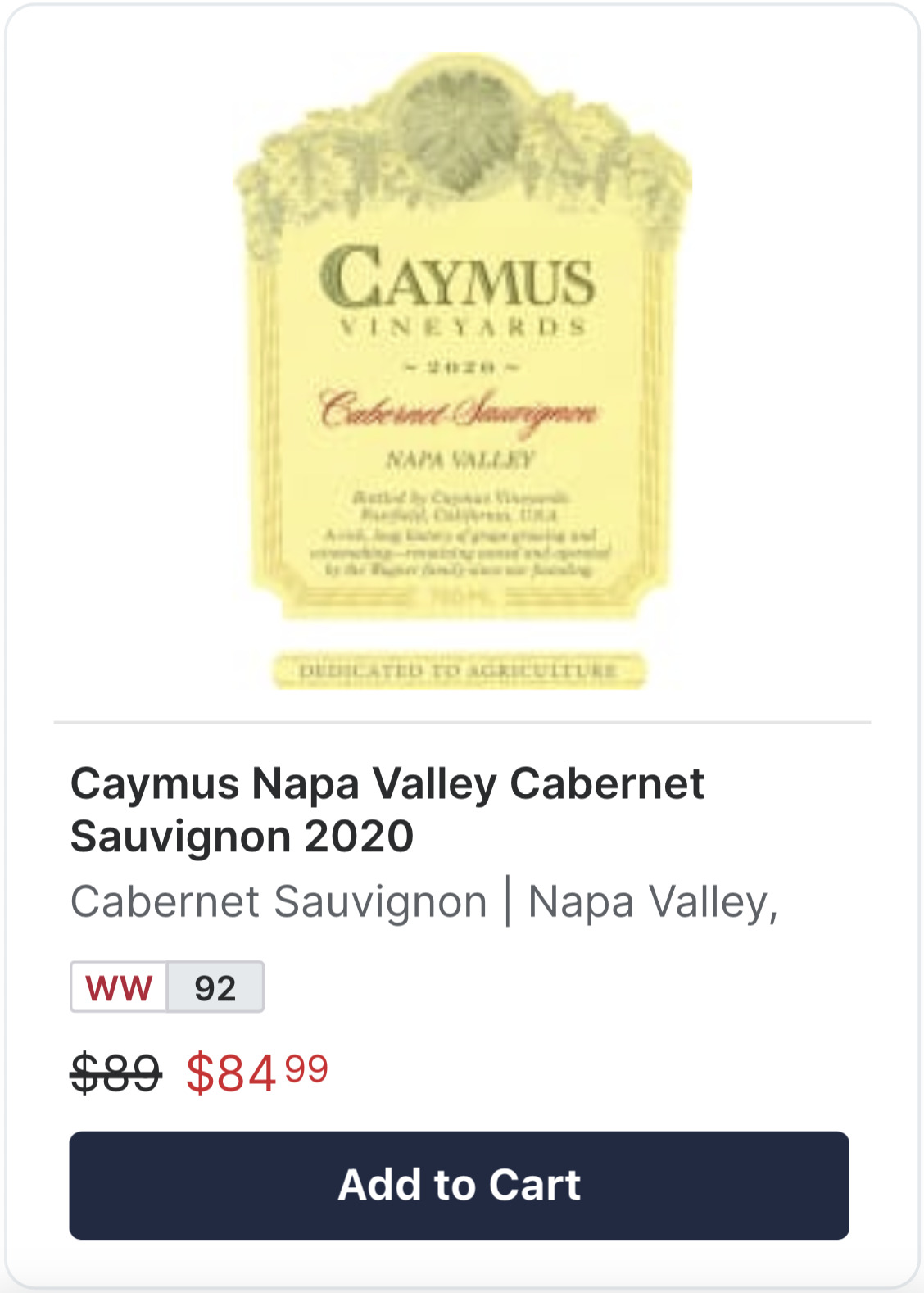
When you make purchases through our links we may earn a small commission.

Photo Credit: Jon Tyson
This article was republished with the implied consent from FactCheck.org, authored by Brea Jones on January 11, 2023
🇺🇸 Support us on Patreon for only $1.99 a month 🇺🇸
🍻 Join us on Facebook @TheSmokingChair 🍻
Quick Take
Full Story
On Nov. 14, the Associated Press called the Arizona gubernatorial race for Democratic former Secretary of State Katie Hobbs, who won 50.3% of the vote when all the ballots were tallied in her race against Republican candidate Kari Lake.

But Arizona — Maricopa County in particular — has been the target of false and misleading claims and accusations of election fraud spread by Lake and others since Election Day.
In a civil suit filed against Hobbs and Maricopa County officials on Dec. 9, Lake made several claims about alleged fraud, including a claim that county election officials violated state law for nearly 300,000 mail-in ballots because there were no chain of custody documents for those ballots.
On page 45 of the filing, the suit says, “Maricopa County failed to maintain and document the required secure chain of custody for hundreds of thousands of ballots, in violation of Arizona law.”
Lake alleges that there are “whistleblowers and witnesses with first-hand knowledge” that the county violated the state chain of custody rules, which allowed an unknown number of ballots to be added to the count by county employees.
The county filed a motion to dismiss the suit on Dec. 15, claiming Lake misunderstood the forms required in its chain of custody process.
The county also said Lake’s claim “regarding chain of custody is based on an incomplete understanding of election administration and baseless speculation about what could happen at the County’s contractor, Runbeck Election Services – not on any allegations of what actually happened.”
On Dec. 19, Superior Court Judge Peter Thompson ruled Lake’s lawsuit could go to trial on two out of 10 initial counts — including the claim about the ballot chain of custody and a claim that some ballot printers malfunctioned because of an “intentional action” by an election official on Election Day, causing Lake to lose.
A witness for Lake, Heather Honey, an investigator and supply chain auditor, testified at trial that county election officials had not provided her with the delivery receipt forms that would show the county followed chain of custody procedures for ballots placed in drop boxes on Election Day. But during cross-examination by the county’s attorney, Honey testified that the forms did exist and that she had seen them in photos — they just weren’t physically provided through a public records request.
Honey also testified that she was told that employees of Runbeck Election Services, an election software company headquartered in Phoenix, submitted about 50 ballots for family and friends into the ballot stream improperly. Honey later said she couldn’t identify those 50 ballots.
On Dec. 24, Thompson dismissed the last two counts of Lake’s suit, saying that Lake failed to provide evidence that officials intentionally took steps that changed the election outcome.
The judge said, “Every single witness before the Court disclaimed any personal knowledge of such misconduct. The Court cannot accept speculation or conjecture in place of clear and convincing evidence.”
Days later, the judge ordered Lake to pay Hobbs $33,040 for witness fees.
Lake appealed Thompson’s ruling on Dec. 27, asking the state Court of Appeals to take “special action” and expedite her request to throw out the results of the election. The court agreed to hear the case on Feb. 1, KGUN reported.
Lake also filed a petition to transfer the appeal to the Arizona Supreme Court on Dec. 30. The Supreme Court denied Lake’s request, saying Lake needs to go through the appeals court process.
Meanwhile, claims that there was no chain of custody for ballots in Maricopa County are still spreading on social media.
In a Dec. 29 interview with conservative commentator Larry Elder, Lake claimed she “won in a landslide,” saying “almost 300,000 ballots had no chain of custody” and “came out of who knows where.” Lake’s interview was shared in a Facebook post by Arizona state Sen. Wendy Rogers that received more than 106,000 views.
A Facebook video posted on Dec. 29 shared the claim that chain of custody documents for 300,000 ballots don’t exist; the post has received nearly 1,500 views and 1,700 likes. The video includes the image of a tweet from a lawyer that said, “Records required to certify chain of custody vanished, as unaccounted ballots cast election in doubt.”
But there’s no basis for the claim that the chain of custody documents “vanished.”
As we said before, Lake’s witness testified that the forms do exist and that she has seen photos of them.
Matthew Roberts, spokesperson for the Maricopa County Elections Department, told us in an email on Jan. 6 that the county followed all the required chain of custody policies and procedures during the 2022 election.
“There are robust tracking and security procedures in place to document and ensure proper chain-of-custody of early ballots on Election Day. These policies and procedures were followed on Election Day, as well as throughout the early voting period,” Roberts said. “At no point during the process were chain of custody policies broken or procedures not followed and documented.”
Chain of Custody Process in Maricopa County
The Maricopa County Elections Department published a 2022 Elections Planfor the primary and general elections, which said that each mail-in ballot is tracked with a unique mail barcode and a “robust set of chain of custody documents that track an early ballot as it progresses through every step of the process.”
“The combination of the unique barcode and these chain-of-custody documents ensure the integrity and security of the early ballot,” the plan said.
Before the ruling that Lake’s lawsuit could go to trial, Roberts explained the chain of custody process for mail-in ballots in a Dec. 13 email to FactCheck.org.
“The Elections Department picks up the ballots that are returned by mail directly from the USPS regional warehouse in Phoenix. They are retrieved by a bipartisan team of two,” Roberts said, referring to the U.S. Postal Service.
Roberts said mail-in ballots that are picked up from the USPS warehouse are then delivered to Runbeck Election Services. The elections department staff that picked up the ballots and the Runbeck staff then sign a chain of custody transfer slip to document the transfer.
Afterward, Runbeck scans the affidavit envelopes to get an image of the voter signatures and puts those into an automated system for the Maricopa County Elections Department to conduct signature verifications.
According to the 2022 Elections Plan, “After the initial inbound scan pass, Runbeck then stores the unopened ballot packets in their facility in a secure, water and fireproof vault, while Elections Department staff review the digital images of voter affidavit signatures… thus eliminating the need to handle the actual physical ballot packet multiple times.”
The pickup and drop-off of ballot packets between USPS, Runbeck and the Maricopa County Tabulation and Elections Center happen “on a regular and regimented schedule to ensure that processing timeframes needed to tabulate ballots in a timely manner can be maintained,” according to the elections plan.
Ballots that are placed in a secure and sealed drop box are picked up by ballot couriers, who work with the elections department in bipartisan teams of two to retrieve the ballots. The team then fills out a chain of custody form with the Vote Center inspector or a representative from the government facility, and the ballot box is sealed with tamper-evident seals, Roberts told us.
“All of the seals are logged on the form. The ballots are returned to the Elections Department where we complete an audit of the ballots,” Roberts said.
Once the audit is done, the ballots are delivered to Runbeck and follow the same steps as the mail-in ballots.
Editor’s note: FactCheck.org is one of several organizations working with Facebook to debunk misinformation shared on social media. Our previous stories can be found here. Facebook has no control over our editorial content.
You’ll get more articles like this – and our favorite promotional offers delivered straight to your inbox.
By submitting this form you agree to our terms and conditions. You can unsubscribe at any time.
Sources
Maricopa County Elections Department. “2022 Elections Plan.” Accessed 16 Dec 2022.
Jones. Brea. “Viral Video Spouts Baseless Claim About Early Voting in Arizona.” FactCheck.org. 1 Nov 2022.
Jones. Brea. “Posts Mislead on Number of Election Day Votes in Maricopa County.” FactCheck.org. 1 Dec 2022.
Patel, Komal. “Posts Falsely Claim to Show Hobbs in Arizona Election Tabulation Room.” FactCheck.org. 11 Nov 2022.
Roberts, Matthew. Communications manager, Maricopa County Elections Department. Email to FactCheck.org. 13 Dec 2022.
Runbeck Election Services. “CLAIMS VS. FACTS.” Accessed 16 Dec 2022.
Runbeck Election Services. “Our Company.” Accessed 16 Dec 2022.
Spencer, Saranac Hale. “Ballot Printer Delayed Maricopa Voting, Contrary to Unfounded Claims.” Updated 29 Nov 2022.
Spencer, Saranac Hale. “Ballot Processing Continues in Closely Watched States Amid Unfounded Claims of Fraud.” Updated 19 Nov 2022.

🔥 Transparent Sheer Tops Try-On Haul | Camila Elle 🔥

Video: Mira Shape Knitted TRANSPARENT Try-On. YES or NO?













